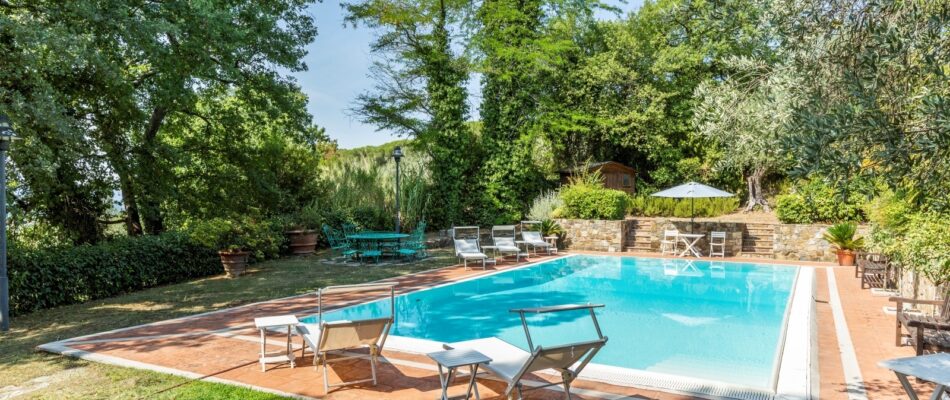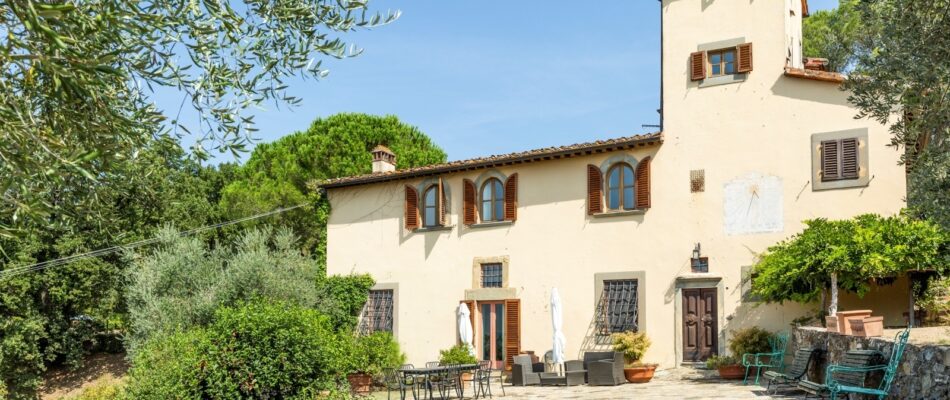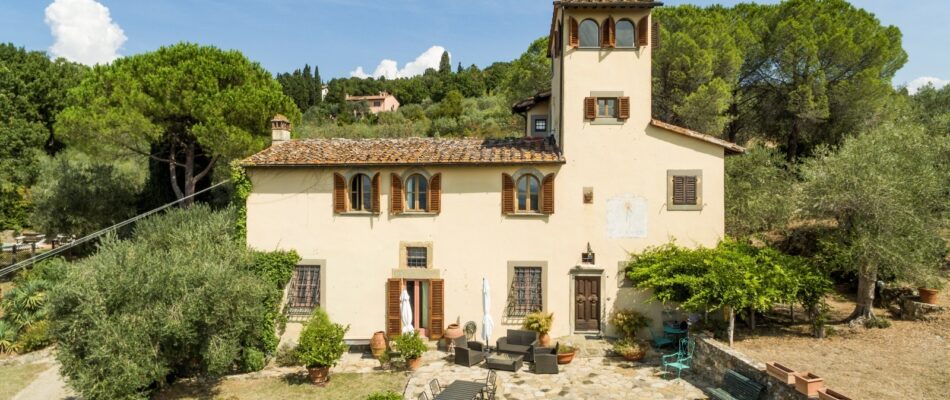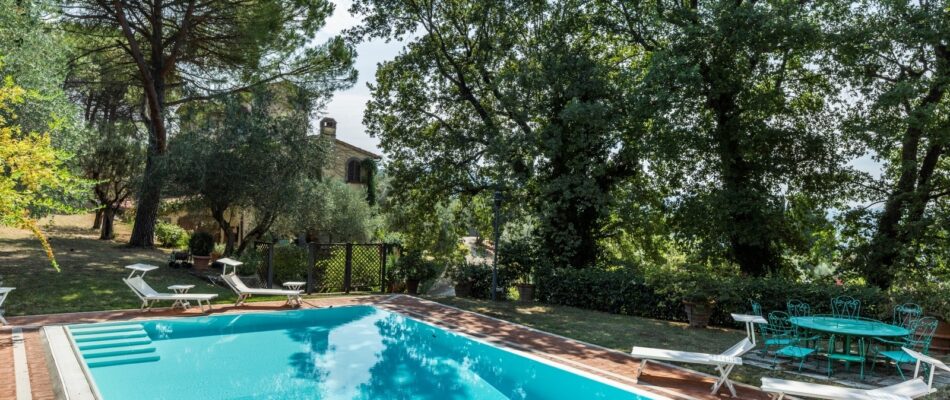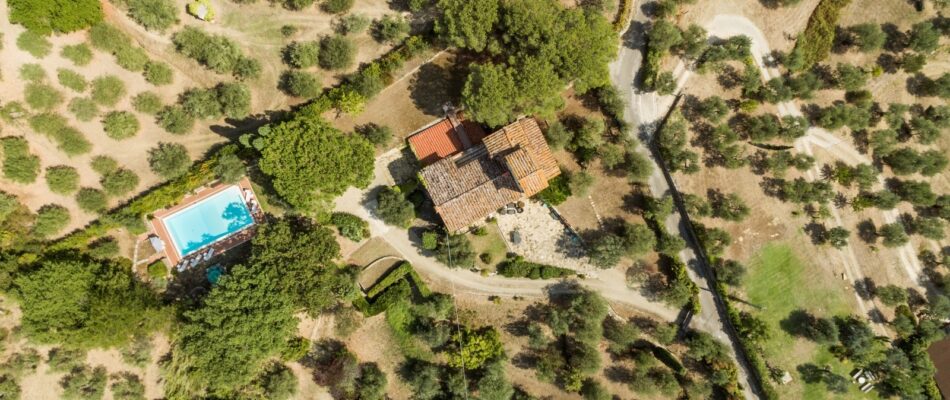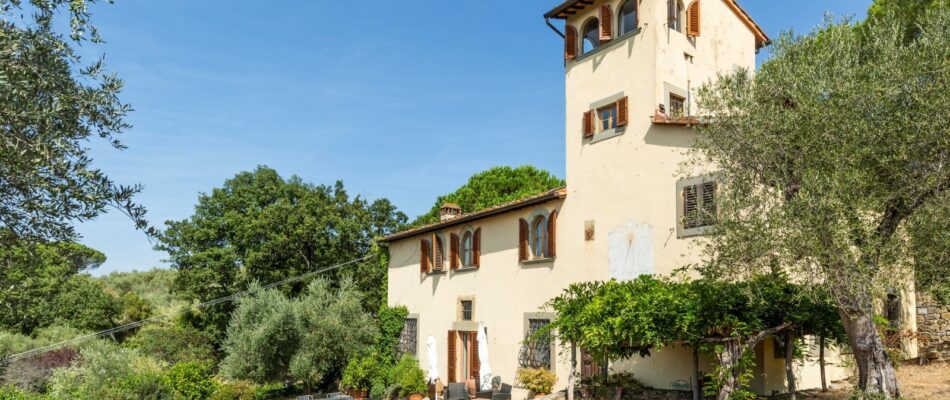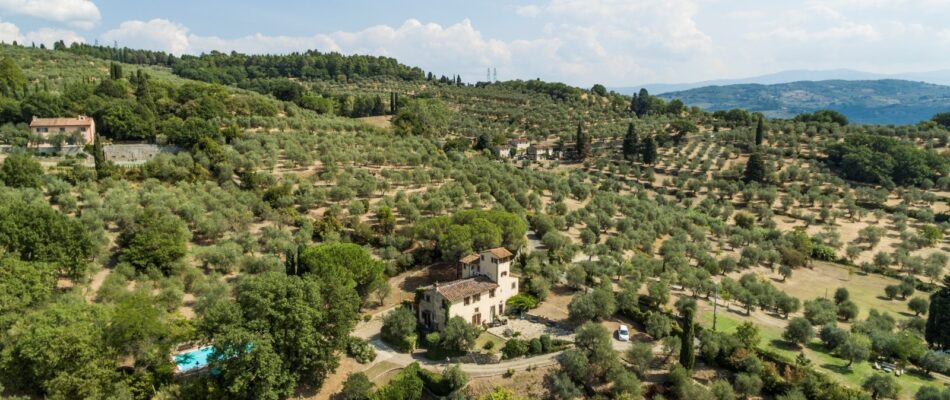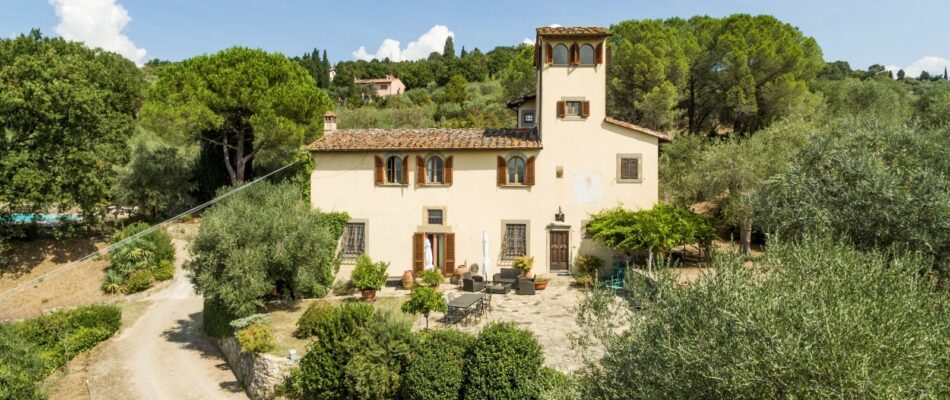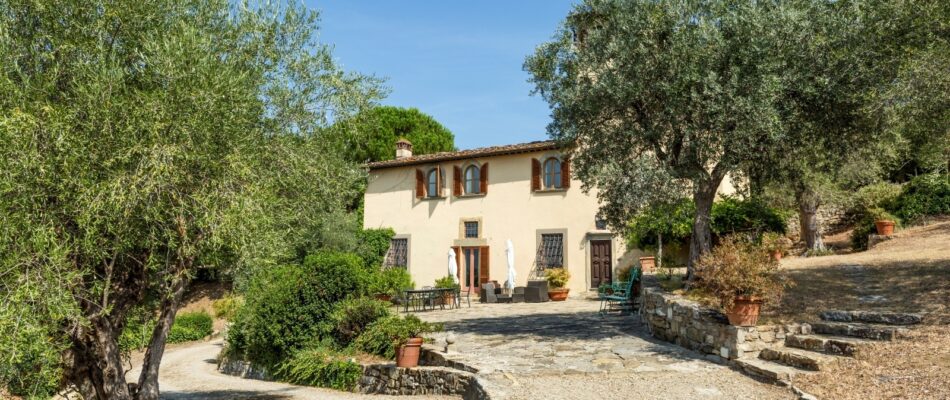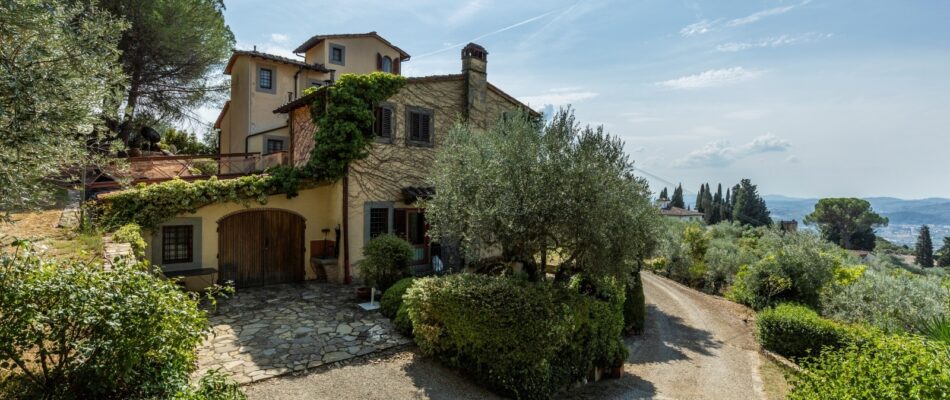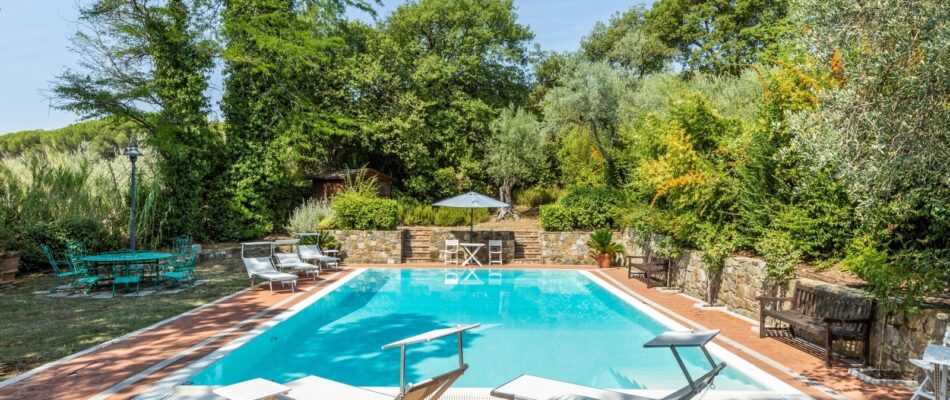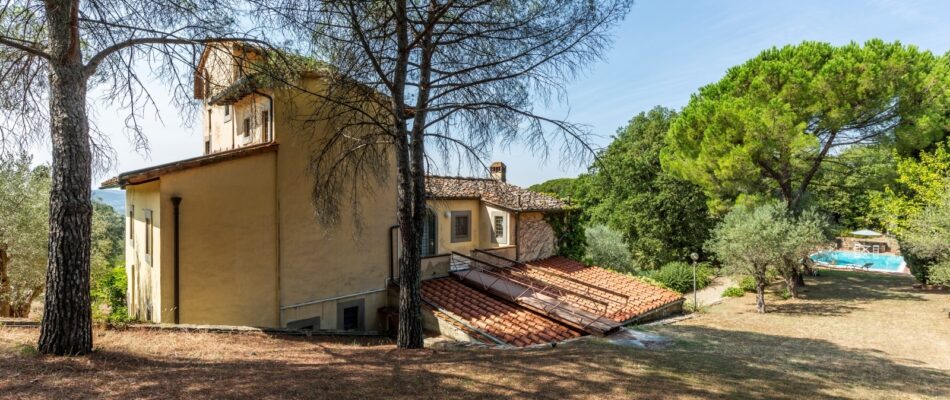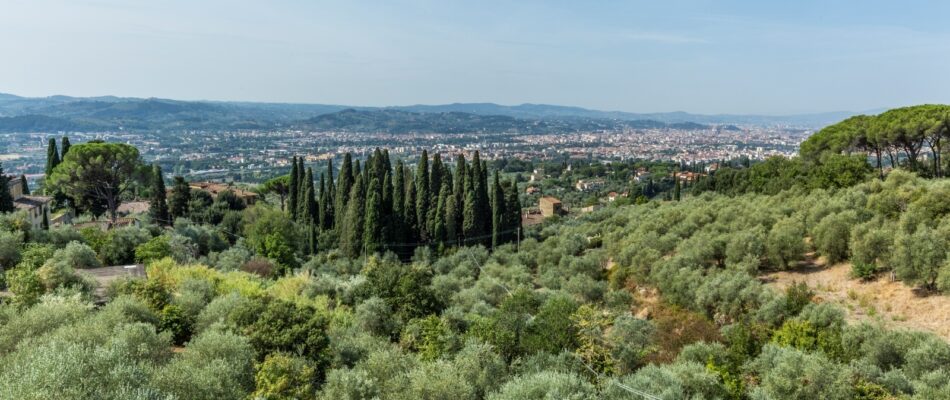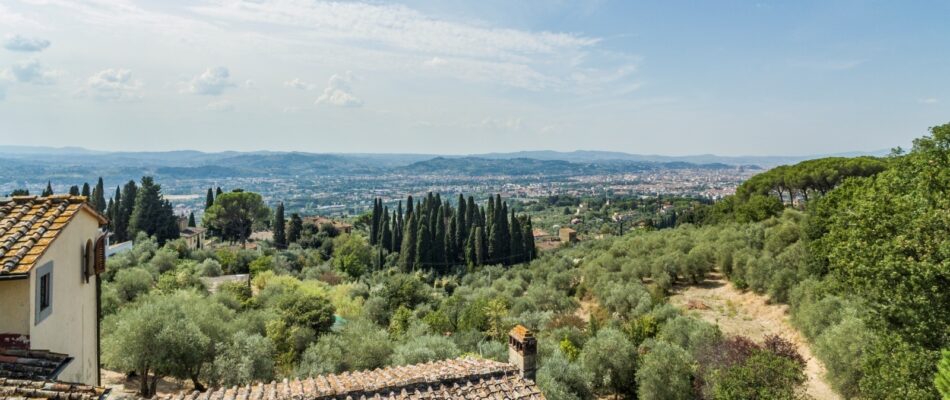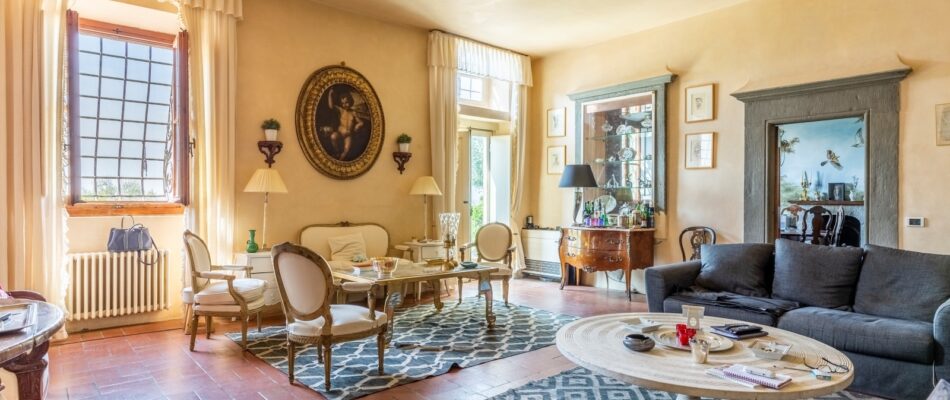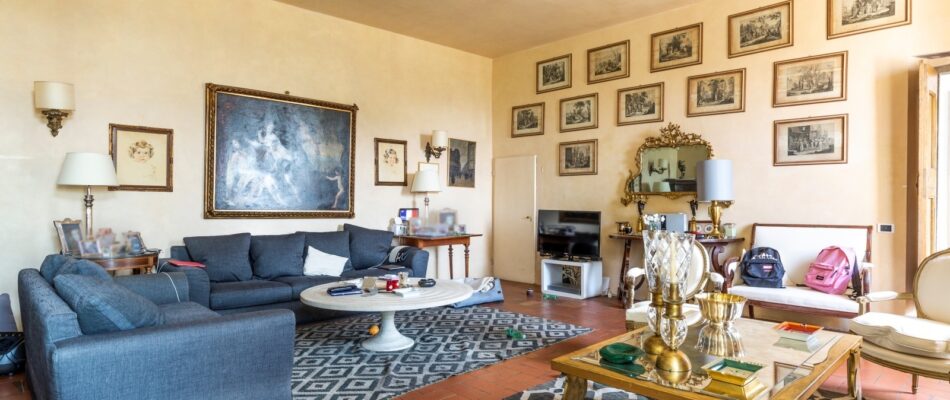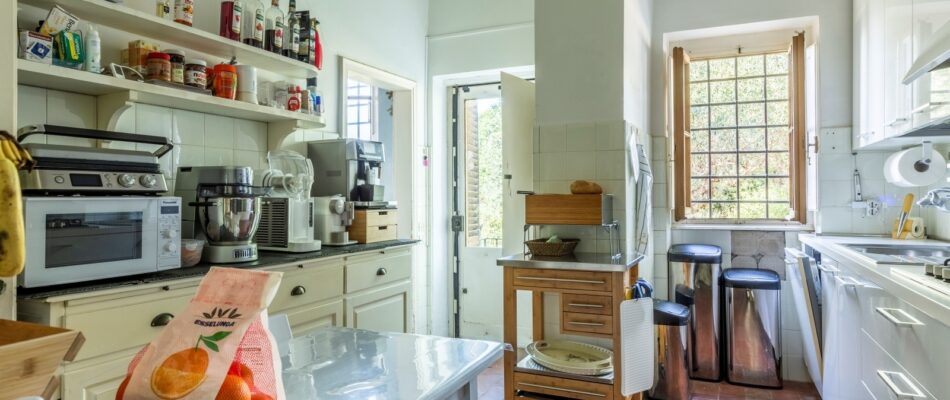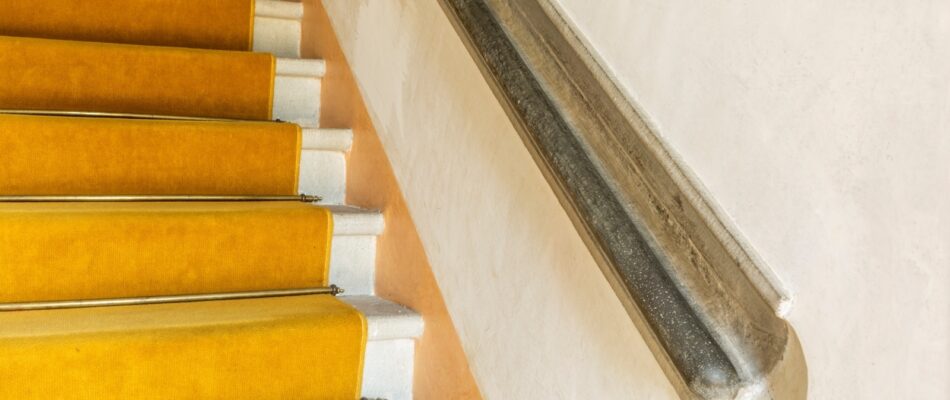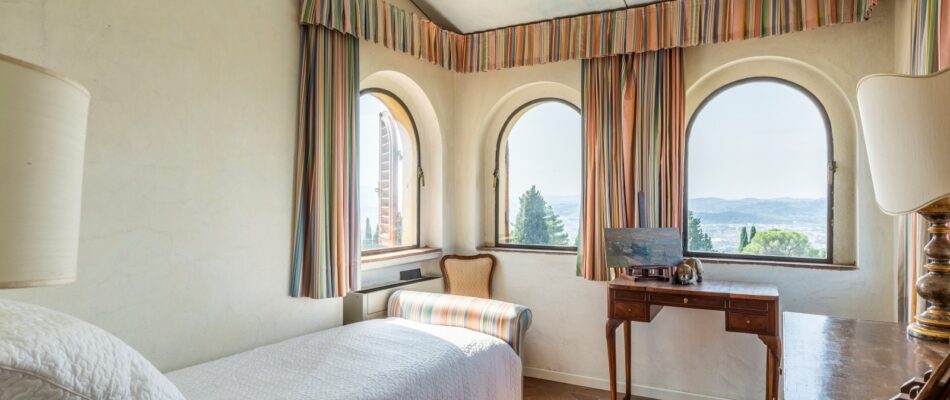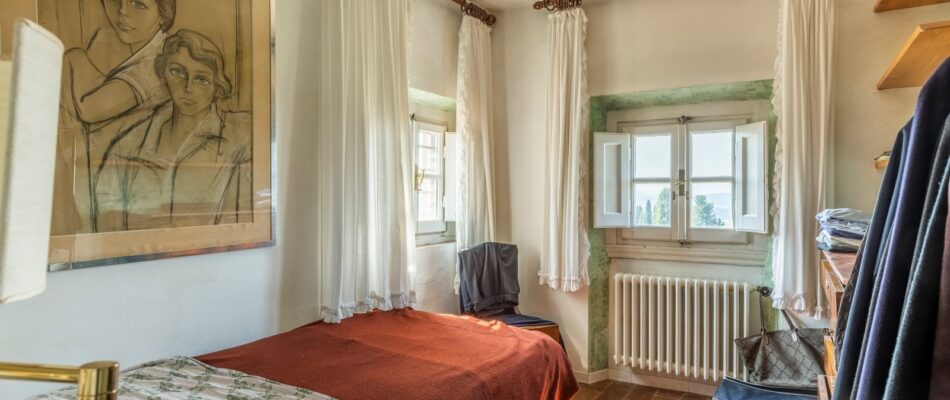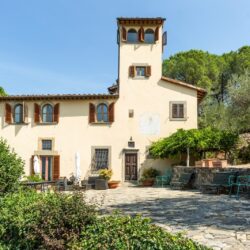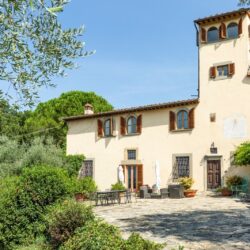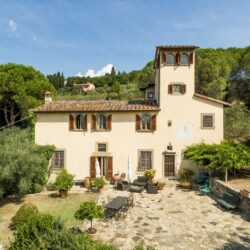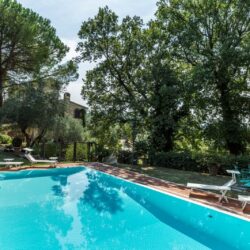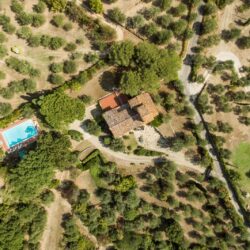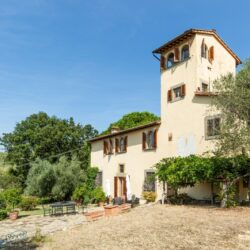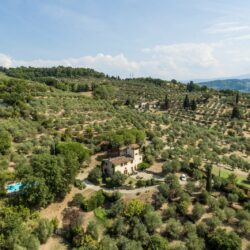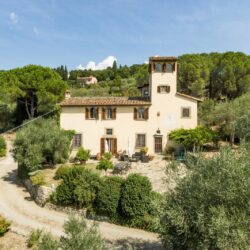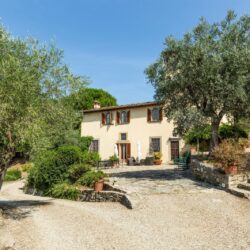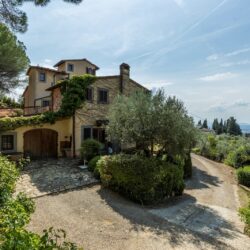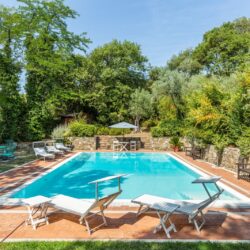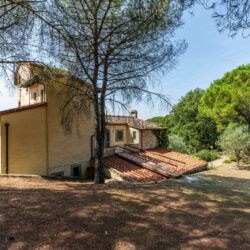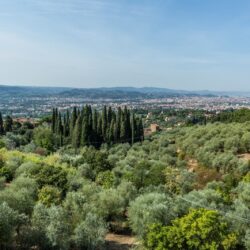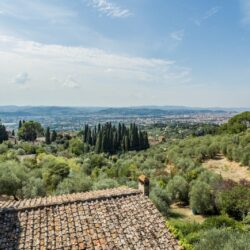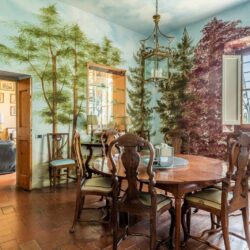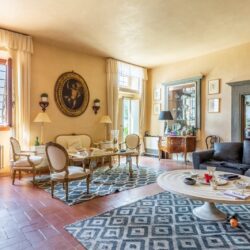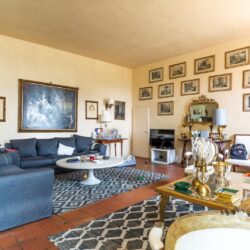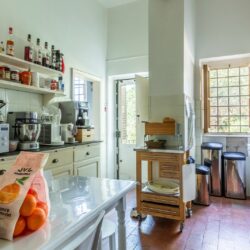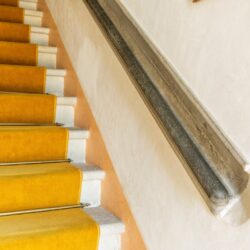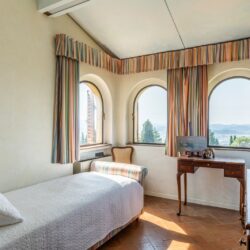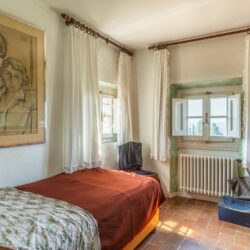ITALY, TUSCANY, FLORENCE
Historic villa of the highest architectural value located on the very first hill overlooking the city of Florence and just 8 kilometers from Via Tornabuoni in the centre.
The open and spectacular view that can be enjoyed from the 500 sqm estate is really unique, the gaze is lost among the roofs and historical monuments and the Duomo stands out above all.
The land of about 5000 square meters planted with olive and fruit trees which surrounds the property has a splendid swimming pool.
Location
Settignano is a part of Florence which is convenient for reaching the city center but also for visiting the surrounding hills where you can enjoy typical Tuscan food and wine experiences.
Settignano was a holiday resort during the summer for the Florentine Guelphs, today it is characterized by important historic villas with private parks and gardens built in an exclusive and highly coveted context both by Florentine families and by the foreign owners who wish to live in the countryside surrounded by the greenery of the olive trees but still convenient for reaching the motorway, the airport and the center.
Description
The main entrance gate to the historic villa of about 500 square meters is set on the top of a gentle hill dotted with olive trees.
The atmosphere that you breathe while entering the gate is of absolute peace and quiet. No noise disturbs the environment and your gaze is captivated by the unique and imposing structure of the villa.
The property is spread over a basement and four floors.
The basement, with access from the outside, consists of a large room used as a cellar of about 68 square meters.
On the ground floor of about 215 square meters, on the main facade, there are two entrance doors which lead respectively into the living room and into the hallway that houses the access stairs to the upper floor. On the ground floor there is a kitchen with an independent entrance from the outside, the large dining room with the ancient fireplace and the living room.
All the rooms are characterized by high ceilings which illuminate all the spaces. On the other side of the ground floor, partially underground, there are rooms used as a study, cellar, cloakroom and services.
The first floor of about 162 square meters which is reached via a stone staircase has a beautiful living room on the main facade, flanked by two large bedrooms with related bathrooms and wardrobe.
To the rear, the large terrace allows, via a ramp, access to the garden on the lower level.
Two flights of stairs lead to the upper floor of about 32 square meters. Here there is a small tower which forms the crown of the building and which houses a room with bathroom of about 10 square meters, with amazing views that vary in color when viewed at sunset or in the first light of the morning.
Outside the main villa there is a small area of about 35 square meters of recent construction where there is a small room, a bathroom and the technical room.
Condition and finishes
The villa is perfect in all its internal and external parts. The floors are expertly restored layers, the original ancient terracotta has been maintained, the walls are plastered and the high ceilings characterized by exposed beams and terracotta.
The external doors and windows are made of wood and as original as the internal doors which separate the various rooms. Colored floor tiles have been chosen for the bathrooms while the walls have been plastered. The sleeping area is embellished with historic stone fireplaces which on winter nights create unique and romantic atmospheres. The systems are all functioning and the villa can be immediately lived in and enjoyed.
Outdoor spaces
The building is set in a large plot of about 5000 square meters with a part used as a garden, with a swimming pool, and an area cultivated with olive and fruit trees. The villa has two independent entrances, one via a private road and the other through the property’s olive trees.
Potential use
The historic villa is perfect as a main residence if you want to savor the peace of living in the countryside without sacrificing the convenience and proximity of services and the city center, but also as a holiday home it is perfect for experiencing periods of absolute relaxation in luxurious and prestigious surroundings.

